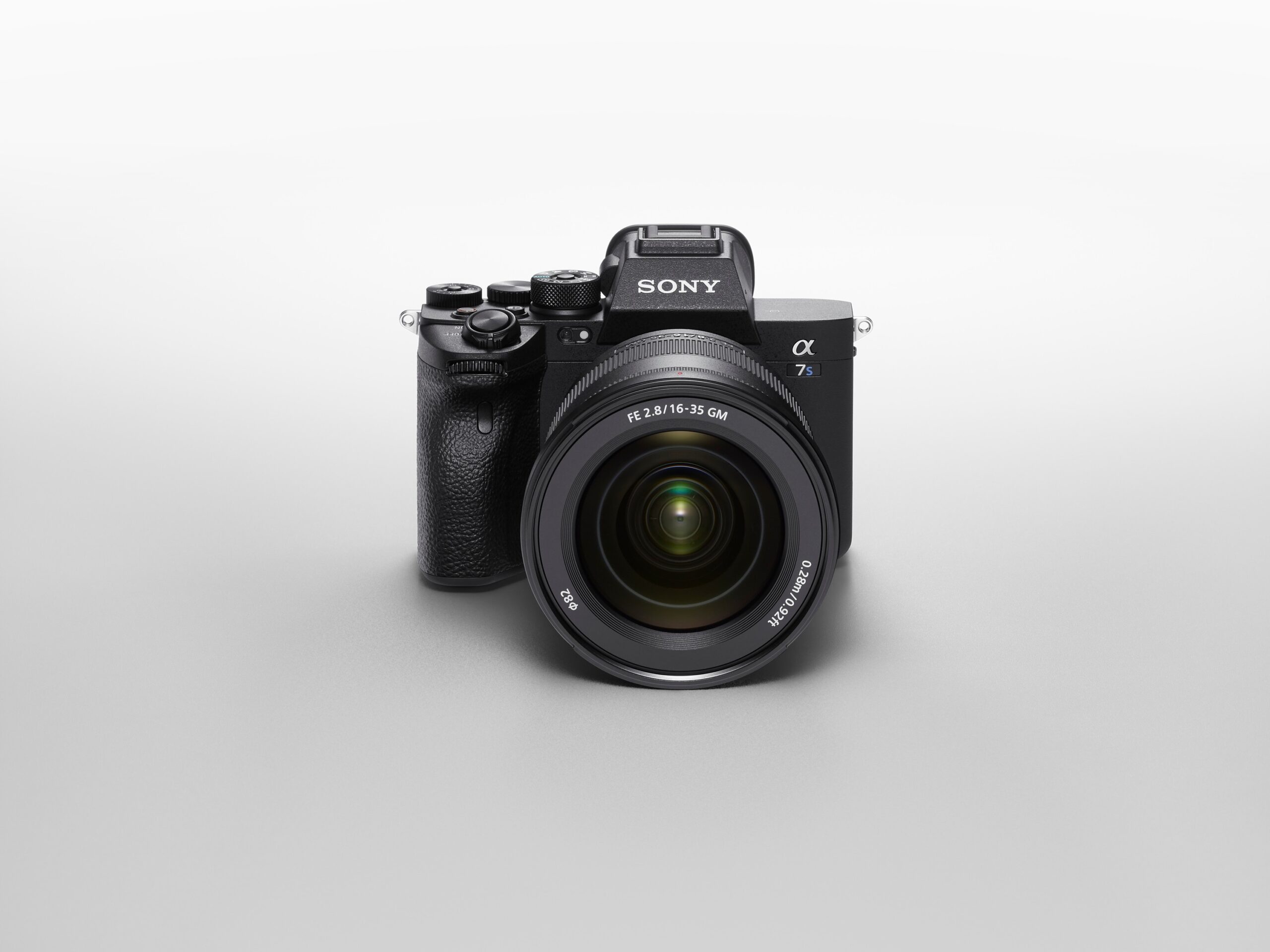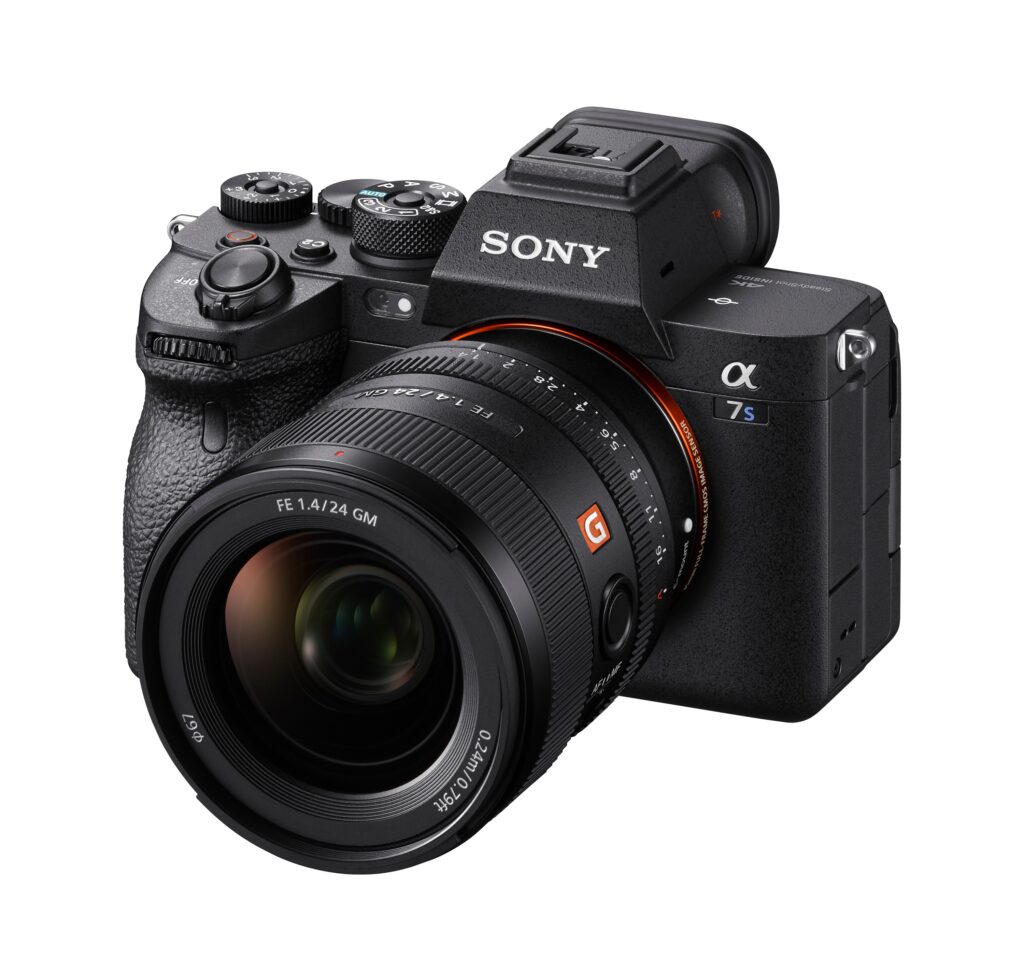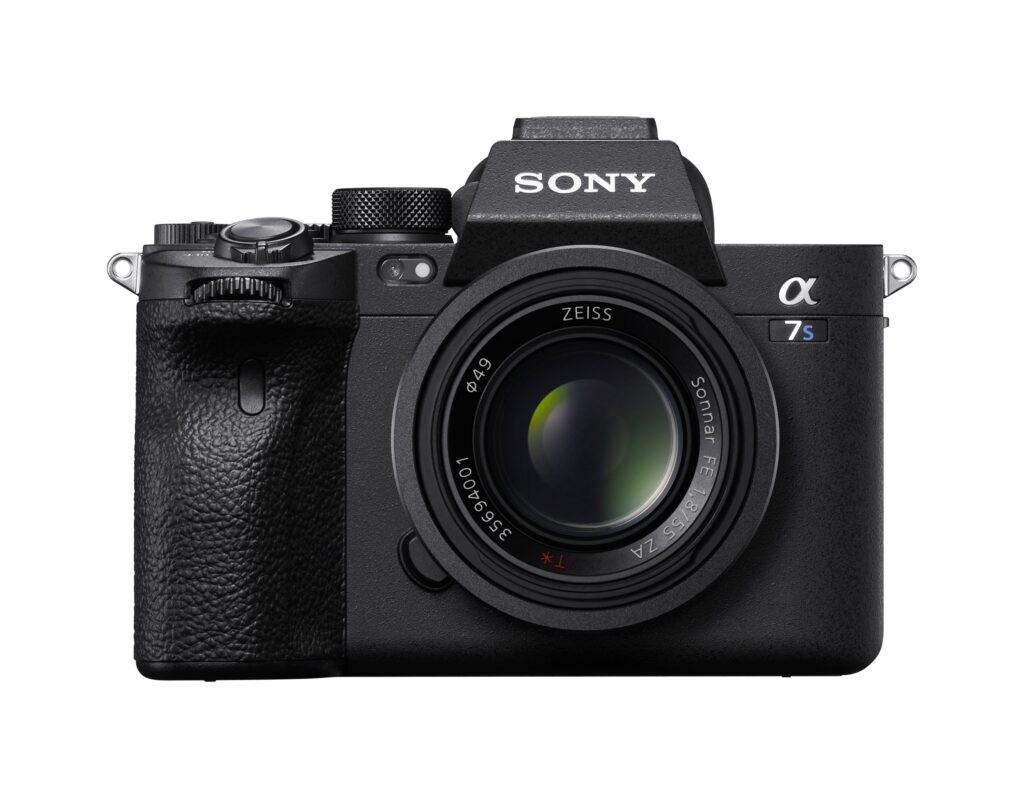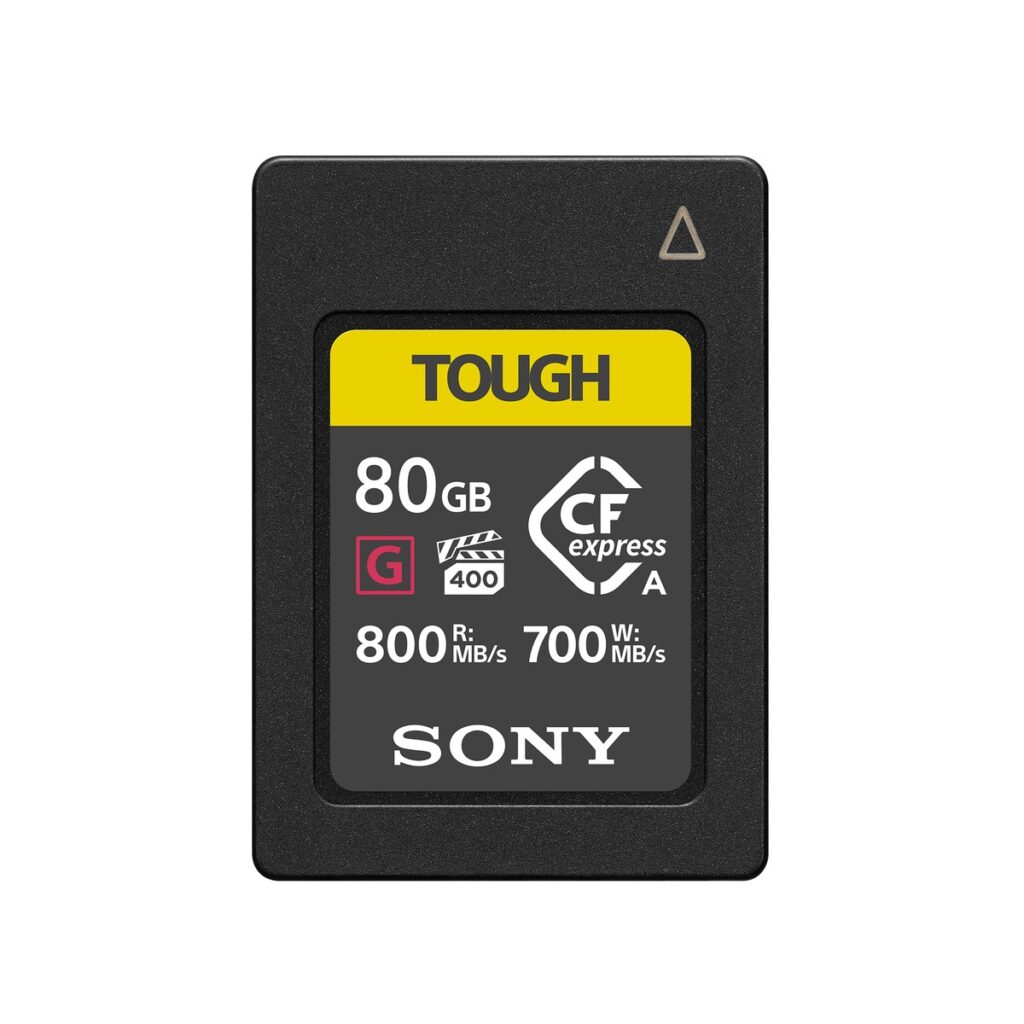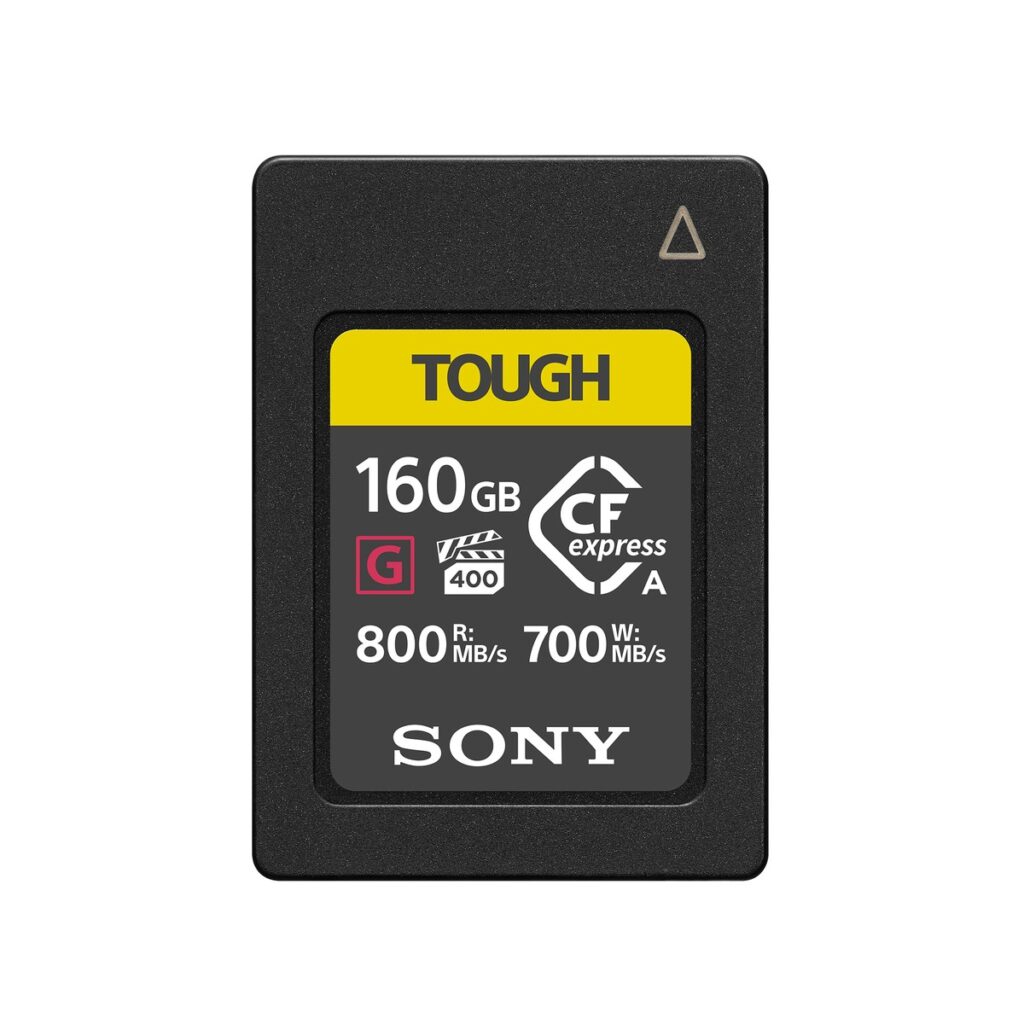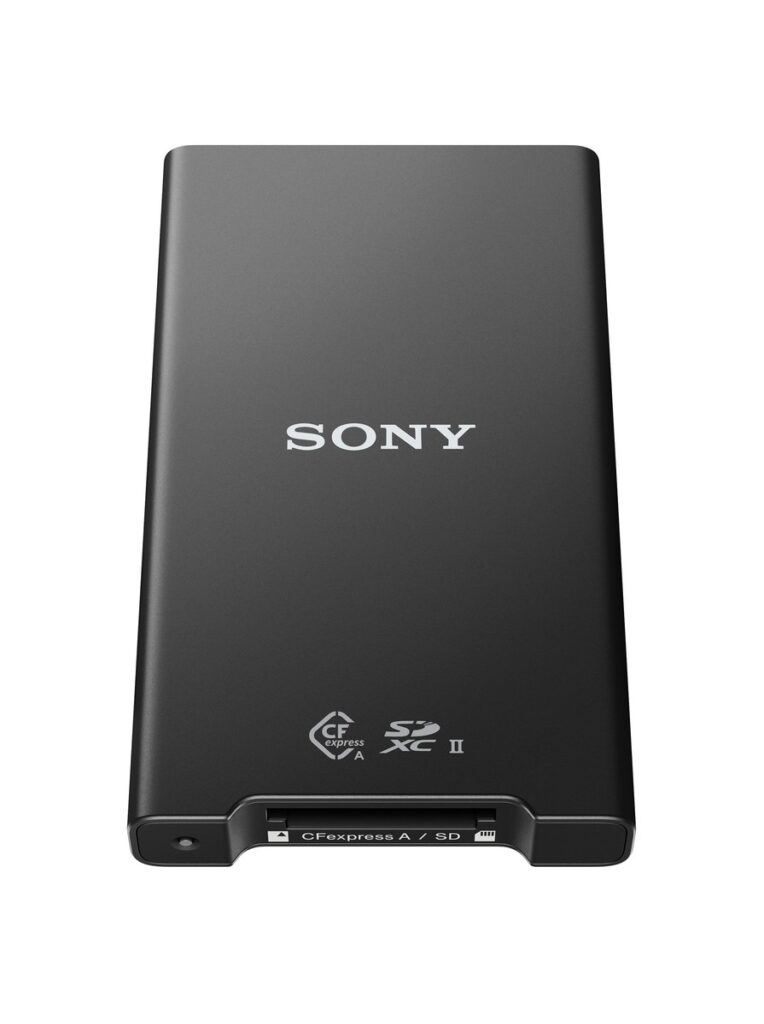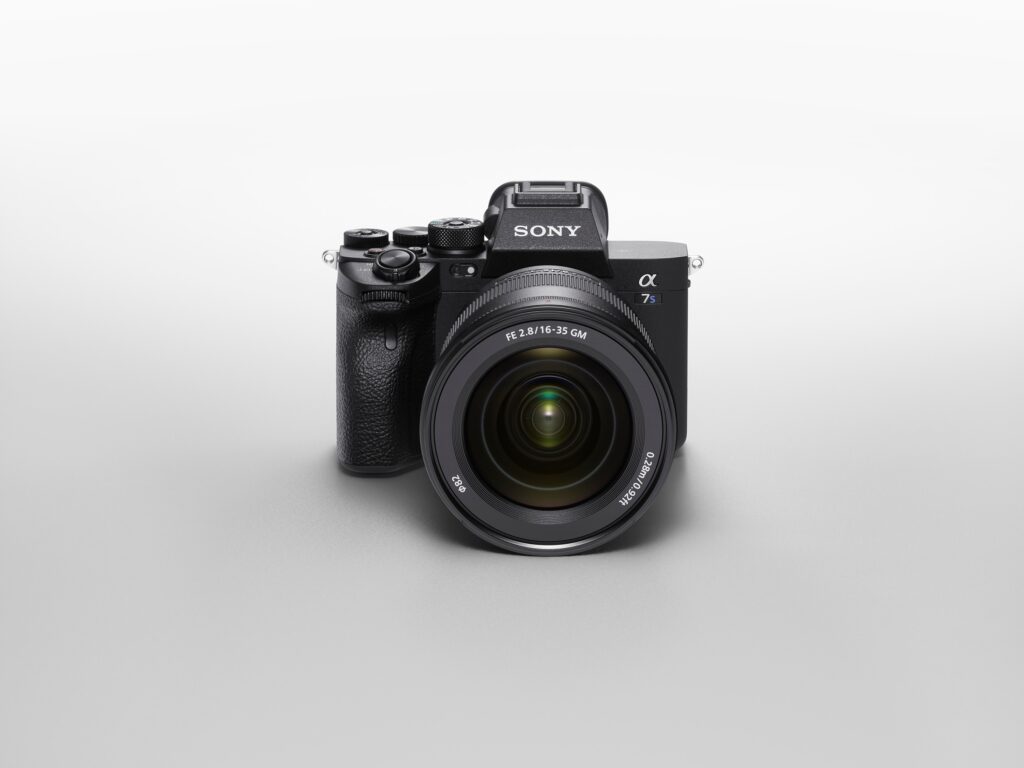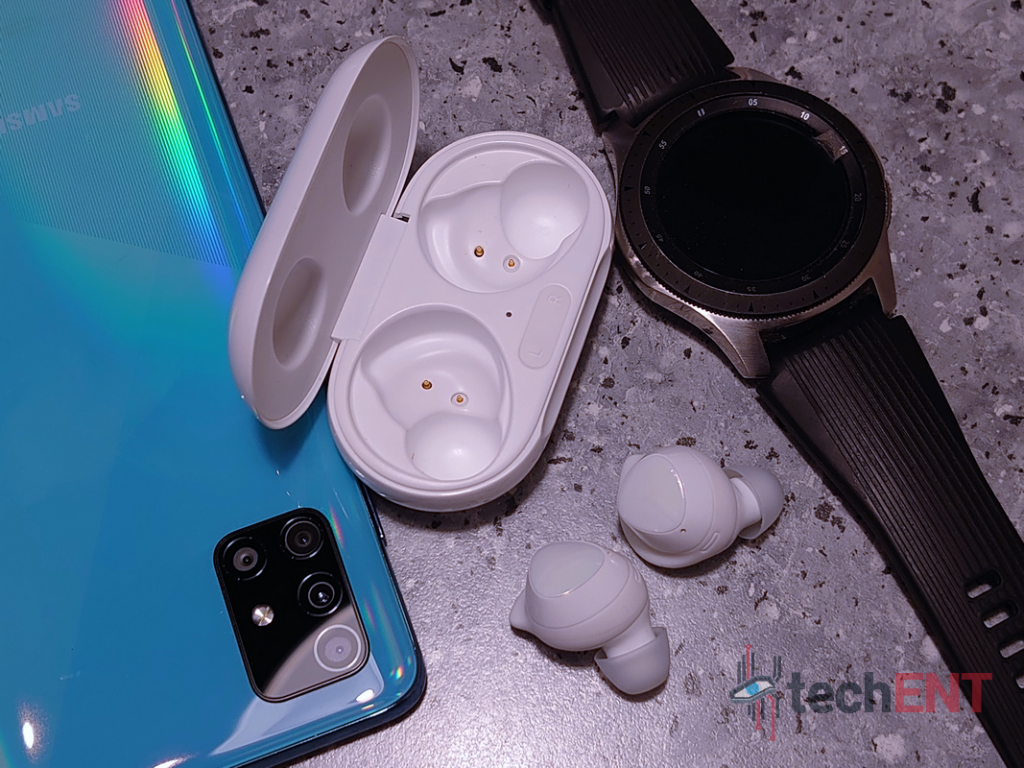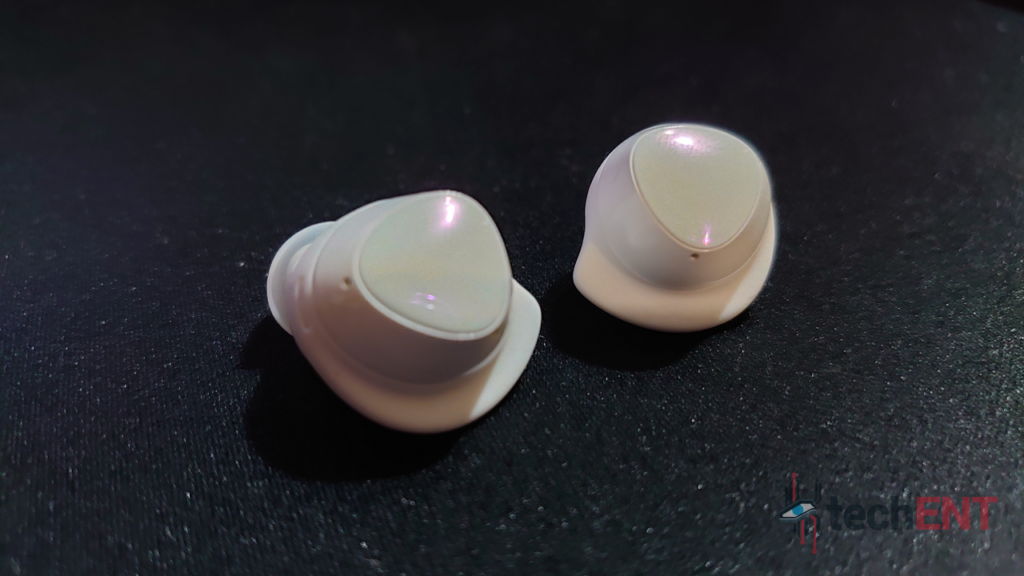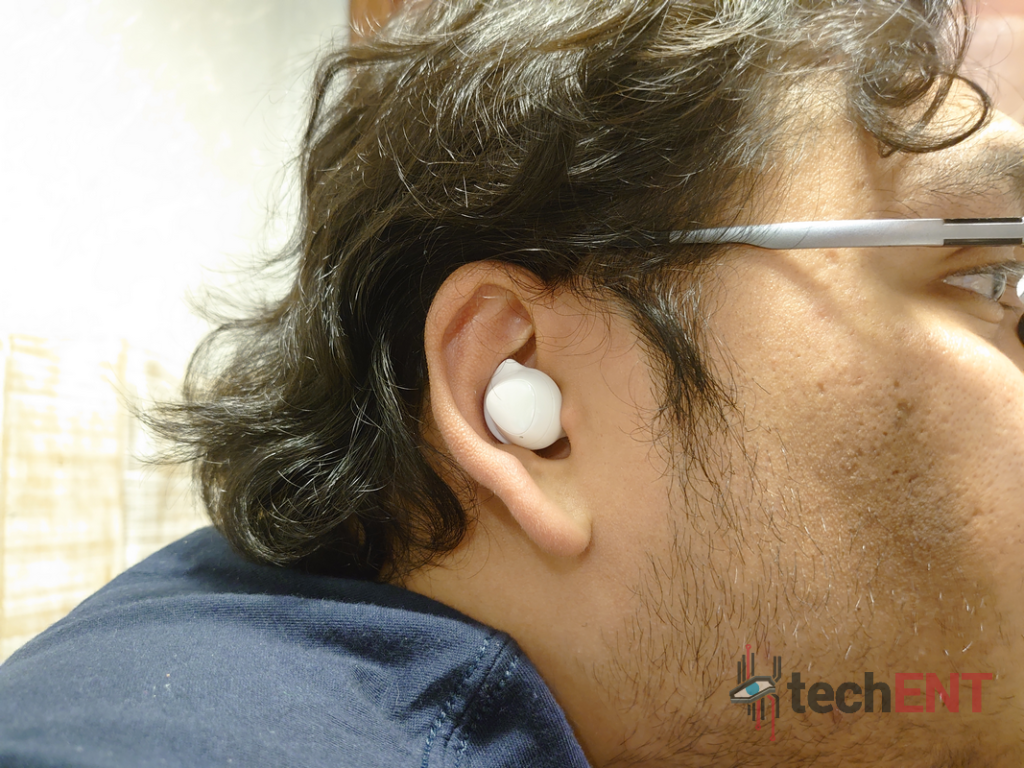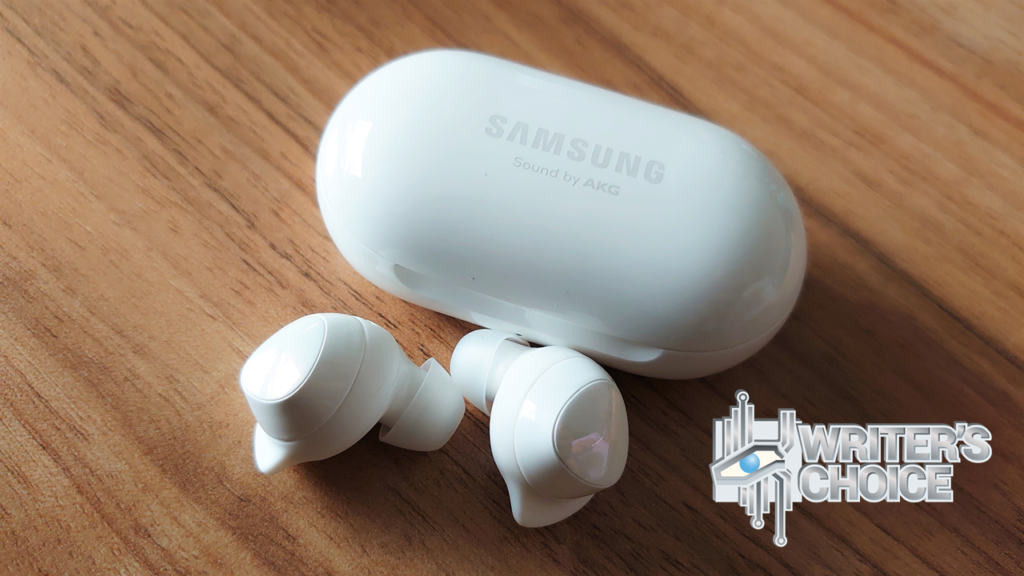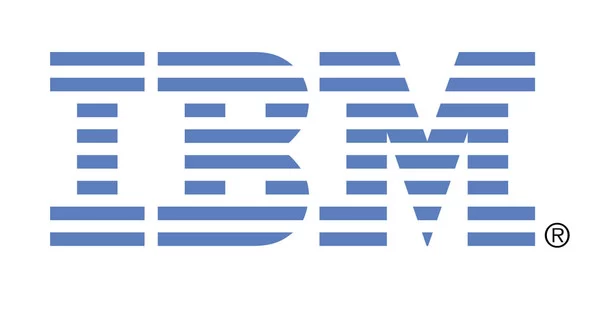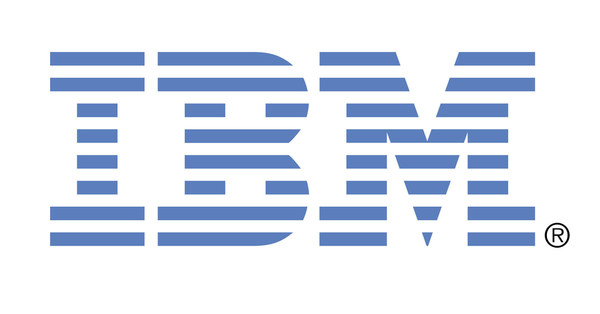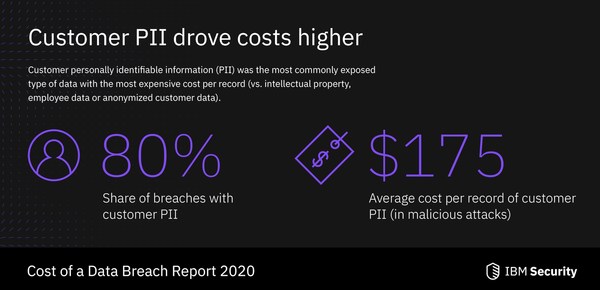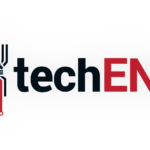WATERTOWN, Connecticut, July 30, 2020 — Siemon, a leading global network infrastructure specialist, is pleased to announce that its TERA cabling system supports 10BASE-T1L single-pair Ethernet (SPE), providing an easily-deployed, Standards-based infrastructure that simplifies cable management, reduces costs, and enables more efficient use of pathway space. As explained in a new Tech Brief developed by Siemon’s Valerie Maguire, Distinguished Engineer and Chief Editor of the IEEE Std 802.3cg™-2019 10 Mb/s Single-Pair Ethernet project, 10BASE-T1L operation over TERA SPE cabling offers many advantages over traditional/proprietary operational technology for monitoring and controlling simple, low-speed devices in commercial enterprise environments. Download the Tech Brief
Developed by the IEEE P802.3cg 10 Mb/s Single-Pair Ethernet Task Force and approved in November 2019, 10BASE-T1L supports 10 Mb/s transmission over balanced single–pair cabling for connecting a wide range of sensors, actuators, relays, contactors and other low-speed devices used for building automation applications such as HVAC, security/access and lighting control. Adoption of 10BASE-T1L is a milestone step in enabling interoperability and networking of smart industrial IOT devices. The standard also supports optional dc power delivery using IEEE 802.3 power over data lines (PoDL).
Siemon’s fully-shielded TERA SPE cabling solution offers the benefits of superior noise immunity, virtually zero emissions and superior transmission headroom to ensure guaranteed support of 10BASE–T1L over distances of up to 400 meters without the need for field testing. In addition, all system components are rated for current-carrying capacity up to 2 amps. By leveraging its versatile cable-sharing abilities, the standards-based 4-pair TERA outlet is uniquely capable of facilitating plug-and-play connections to 10BASE-T1L and 10/100/1000BASE-T Ethernet devices and equipment using 4-pair, 2-pair and 1-pair TERA plugs and 4-pair field terminated category 6A Z-PLUG™ connectors. Siemon’s innovative Z-PLUG offers best-in-class termination speed and a shorter plug design for easily making custom-length connections between SPE controllers and 4-pair Ethernet control systems and servers.
Siemon’s TERA SPE cabling solution is compatible with traditional 1-pair screw terminal interface connections commonly found on single-pair Ethernet equipment and devices. Siemon’s applications support specialists can also work with customers to support other SPE equipment interface types. TERA cabling may be deployed in conventional or zone cabling configurations to support both SPE and 4-pair Ethernet applications. Pre-cabling permanent links from patch panels in the mechanical/telecommunications room to Siemon zone enclosures housing TERA outlets enables more efficient use of pathways and facilitates rapid deployment of connections to devices or outlets serving devices when moves, adds, or changes are required.
“As an active contributor to the development of single-pair Ethernet standards and technologies, Siemon is in a unique position to understand the cabling infrastructure requirements to support emerging 10BASE-T1L applications,” explained Maguire. “Our industry-leading TERA cabling system provides a full end-to-end channel solution that supports SPE applications and equipment at distances up to 400 meters while simultaneously eliminating the need for field testing and providing the efficiency of a single interface to support both 4-pair and single-pair Ethernet connections.”
To get the full details straight from the expert herself, download Valerie Maguires Tech-Brief: “Support of 10BASE-T1L with TERA® SPE Cabling – Siemon’s Single-Pair Ethernet Solution is More than the Sum of Its Parts” https://www.siemon.com/en/home/forms/tb-10base-t1l
About Siemon
Established in 1903, Siemon is an industry leader specializing in the design and manufacture of high quality, high performance IT infrastructure solutions and services for Data Centers, LANs and Intelligent Buildings. Headquartered in Connecticut, USA, with global sales, technical and logistics expertise spanning 100 countries, Siemon offers the most comprehensive suites of copper and optical fiber cabling systems, cabinets, racks, cable management, data center power and cooling systems and Intelligent Infrastructure Management solutions. With more than 400 patents specific to structured cabling, Siemon Labs invests heavily in R&D and the development of Industry Standards, underlining the company’s long-standing commitment to its customers and the industry. Through an ongoing commitment to waste and energy reduction, Siemon’s environmental sustainability benchmarks are unparalleled in the industry, including 179% global carbon negativity and zero-landfill status.
Siemon Interconnect Solutions (SIS) is a Siemon business unit comprised of a team of dedicated technical sales professionals supported by Siemon Labs, mechanical, electrical and signal integrity engineers committed to solving industry and customer driven interconnect challenges. We provide custom network infrastructure solutions to: OEM’s, Leading Manufacturers, Value-Added Resellers and System Integrators.
Contact Information
Brian Baum
Brian_Baum@siemon.com
(860) 945-4325
